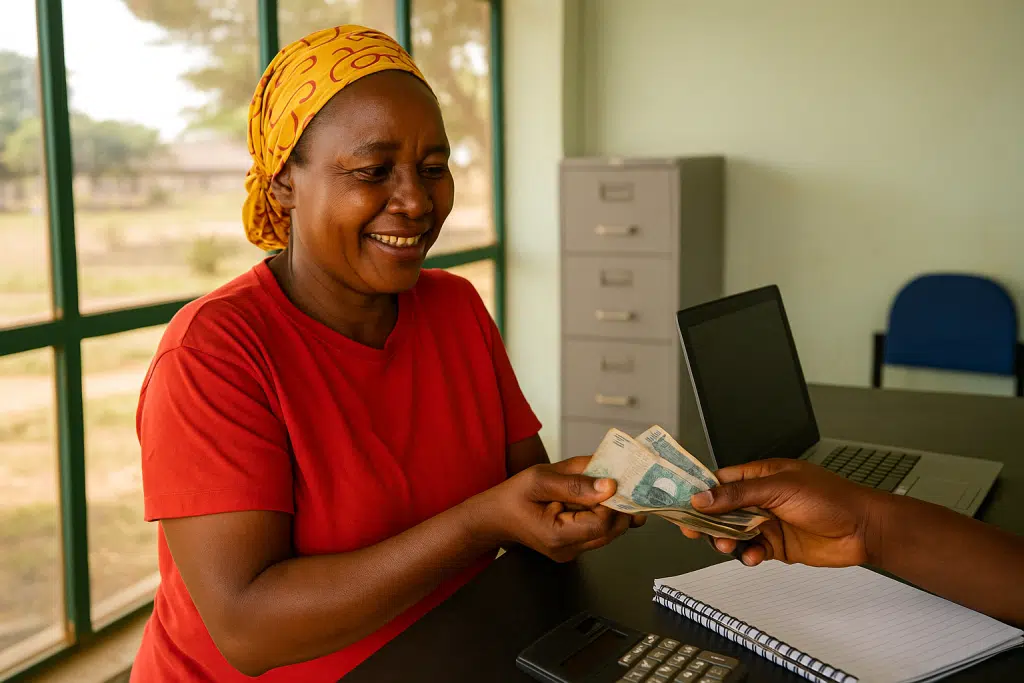Throughout Africa, government financial assistance programs have evolved significantly, adapting to the continent’s dynamic economic landscape. These initiatives have become crucial in providing stability and fostering growth, serving as a lifeline for vulnerable populations. By facilitating access to essential resources, such programs contribute to reducing poverty and inequality. As the continent’s economy continues to change, understanding the trends and impacts of these programs becomes vital for shaping future policies.
The evolution of these assistance programs reflects the diverse challenges and opportunities present across African nations. From addressing immediate needs after economic crises to promoting long-term development, financial support has played a transformative role. It’s essential to explore how these programs have adapted over time and the myriad ways they are impacting Africa’s economic framework. This analysis provides insights on optimizing future strategies for maximum benefit.
Historical context and development of assistance programs

Government financial assistance initiatives in Africa have undergone varied phases, each contributing uniquely to the continent’s economic landscape. Initially, post-colonial governments focused on rebuilding economies and infrastructure as part of broader development strategies. These efforts aimed to address the widespread poverty left in the wake of colonial rule and set a foundation for sustainable growth.
In the ensuing decades, economic shocks and global influences necessitated adjustments in assistance strategies. Programs became more targeted, addressing specific sectors such as agriculture, education, and healthcare. By tailoring support to critical areas, governments sought to ensure effective allocation of resources, ultimately driving economic resilience and growth. This strategic evolution highlights the adaptive nature of assistance programs across Africa.
Structural adjustments and economic reforms
The late 20th century saw a shift towards structural adjustments under international guidance, transforming financial assistance approaches. These adjustments emphasized fiscal discipline, economic liberalization, and reduced public spending. While aimed at stabilizing economies, such policies often came with significant social costs, impacting the ability of governments to provide crucial support services.
Despite challenges, these reforms triggered economic diversification and opened African markets to global competition. As a result, governments had to innovate their assistance strategies, focusing on creating robust safety nets for the most affected populations. This era underlined the delicate balance between adherence to global economic models and addressing local socio-economic complexities.
Modern developments and digital integration for assistance programs
In recent years, technological advancements have revolutionized the delivery of government subsidies in Africa. By leveraging digital platforms, governments have streamlined processes, improved efficiency, and expanded reach. Mobile money and digital identification systems have facilitated direct transfers and enhanced transparency, ensuring aid reaches intended beneficiaries.
Additionally, digital integration has enabled data-driven decision-making, allowing for more responsive and impactful program designs. As a result, the inclusion of technology in financial assistance programs has become crucial for addressing the varied needs of Africa’s growing population. These advancements reflect the ongoing commitment to innovate and optimize support mechanisms.
Impacts on economic growth and sustainability
Subsidies provided by governments in Africa have significantly influenced the continent’s economic trajectories. By supporting critical sectors, such assistance has catalyzed development and reduced vulnerability to external shocks. Investments in education and healthcare have yielded long-term benefits, contributing to a more skilled and healthier workforce.
Moreover, these programs have bolstered local economies, fostering entrepreneurship and job creation. By reducing poverty levels and increasing consumer spending power, financial assistance has stimulated domestic markets and encouraged sustainable economic growth. Understanding these impacts helps guide future policy decisions to enhance their effectiveness.
Challenges and opportunities in implementation
Despite progress, African governments face numerous challenges in implementing aid initiatives. Resource limitations, bureaucratic inefficiencies, and corruption can hinder program effectiveness and reach. Addressing these issues is critical to maximizing the potential benefits of financial support.
Opportunities for improvement lie in enhancing intergovernmental coordination and fostering partnerships with international organizations. By strengthening institutional capacities and embracing innovative solutions, African nations can overcome barriers and improve the implementation of assistance programs. This proactive approach ensures that subsidies remain a powerful tool for economic advancement.
Future directions for financial assistance programs
The future of government financial assistance in Africa requires adaptive strategies that account for emerging economic realities. Policymakers must consider diverse factors, including demographic shifts, climate change, and technological advancements, to design programs that meet evolving needs.
Investing in capacity-building and governance reforms will be crucial to enhancing program effectiveness. By prioritizing inclusivity and sustainability, future initiatives can better address the root causes of poverty and inequality. Strengthening these programs is vital to ensuring they continue to shape a prosperous and resilient African economy.



